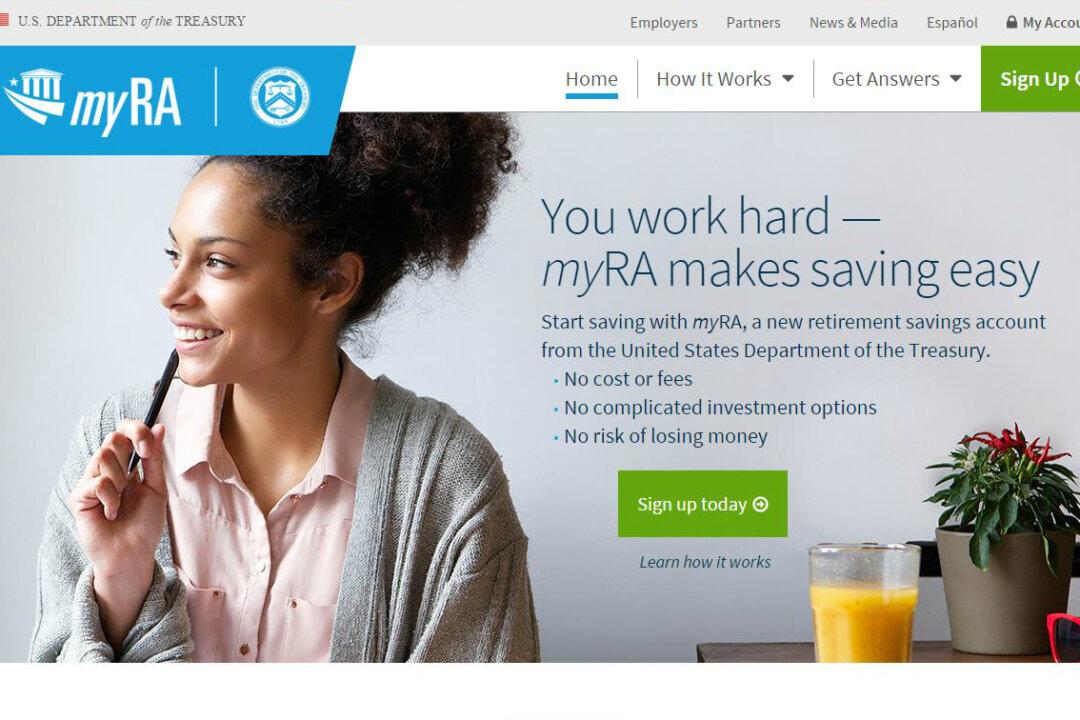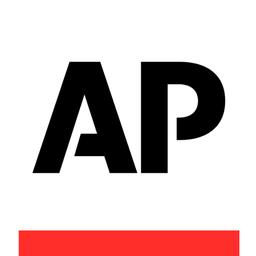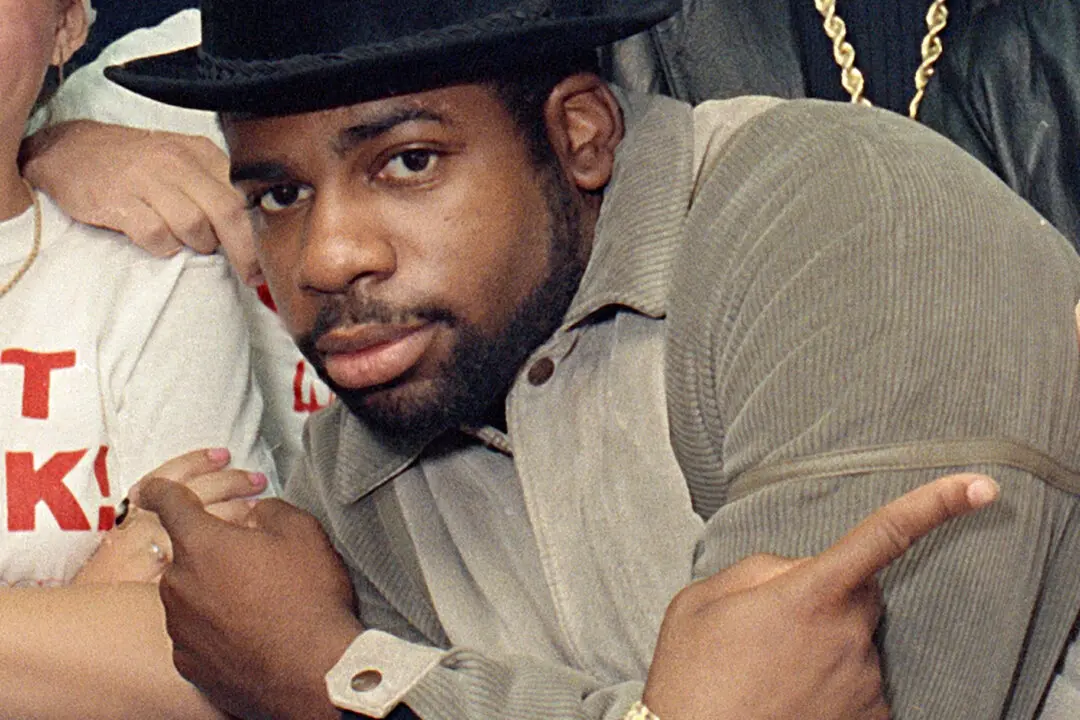NEW YORK—It’s time to get saving.
A government-backed individual retirement account announced nearly two years ago by President Barack Obama is now available across the country, the Treasury Department said Wednesday, and it removes several barriers that keep millions of people from saving for their retirement. The account, called a myRA, has no fees, no minimum balance, no risk of losing money and it doesn’t have to be linked to an employer.






